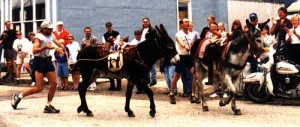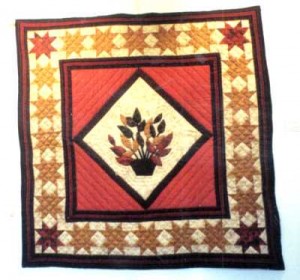Brief by Central Staff
Agriculture – March 2004 – Colorado Central Magazine
Coleman’s organic beef, which began in Saguache, may have started a trend that could be extended throughout the beef industry: tracking each cow from birth to slaughter. Coleman used bar codes, the new tracking system will be higher-tech.
The U.S. Department of Agriculture plans to implement a cow-identification program that uses a 15-digit identification number for all domestic cattle. The numbers will be embedded in button-sized ear tags that emit low-power radio waves, a method known as “radio frequency identification” or RFID.
Further, each farm, ranch, feedlot, sale barn, and similar facility will be assigned a number, so that every bovine’s passage through life can be documented.
With the program in place — it’s supposed to start within the next 18 months — state and federal officials could track diseased animals.
The holes in the current system became apparent after a cow in Washington was found to have Mad Cow Disease on Dec. 23. The cow came in a herd of 80 from Canada, and only a third of that herd has been tracked since the discovery.
Even though the USDA is pushing the RFID program on a fast track, many questions remain.
One is responsibility — who’s supposed to scan the cattle and file the report when they arrive at a feedlot or processing plant? Another is cost — a tag will cost $2 to $8, and people will probably want to be paid for scanning cattle.
The cattle industry would like the government to pick up part or all of the bill, but this may not be popular with some voters. The USDA does consider this an important part of Homeland Security, however, so some money might come from that quarter.



